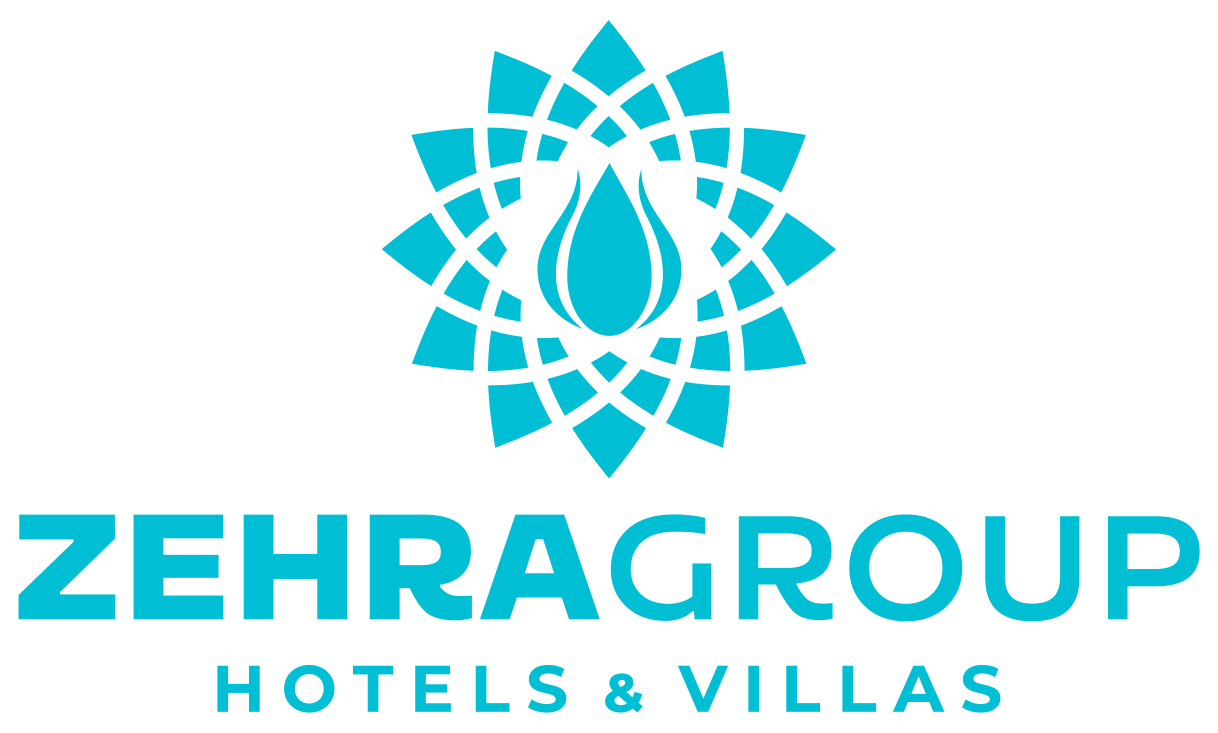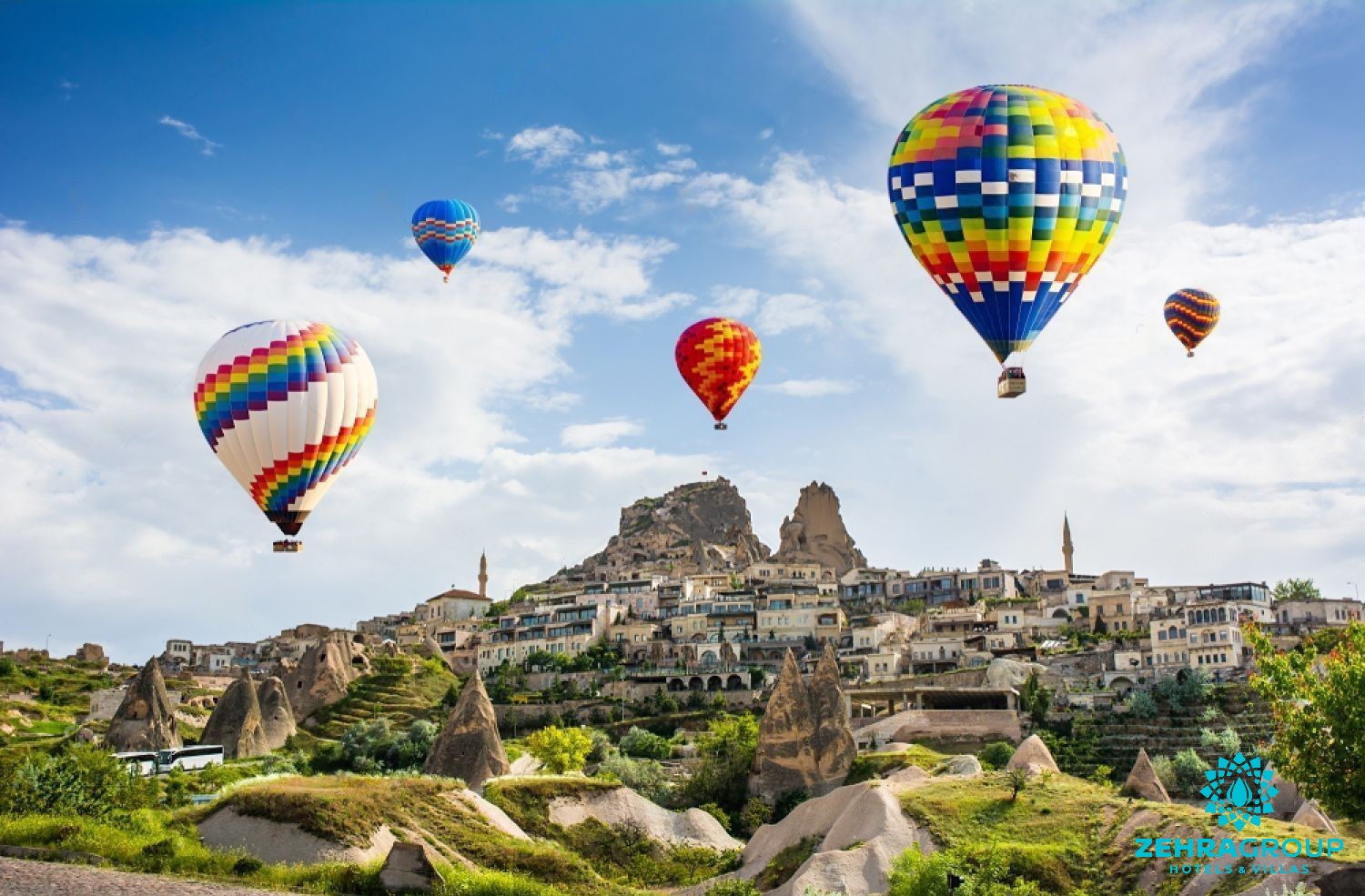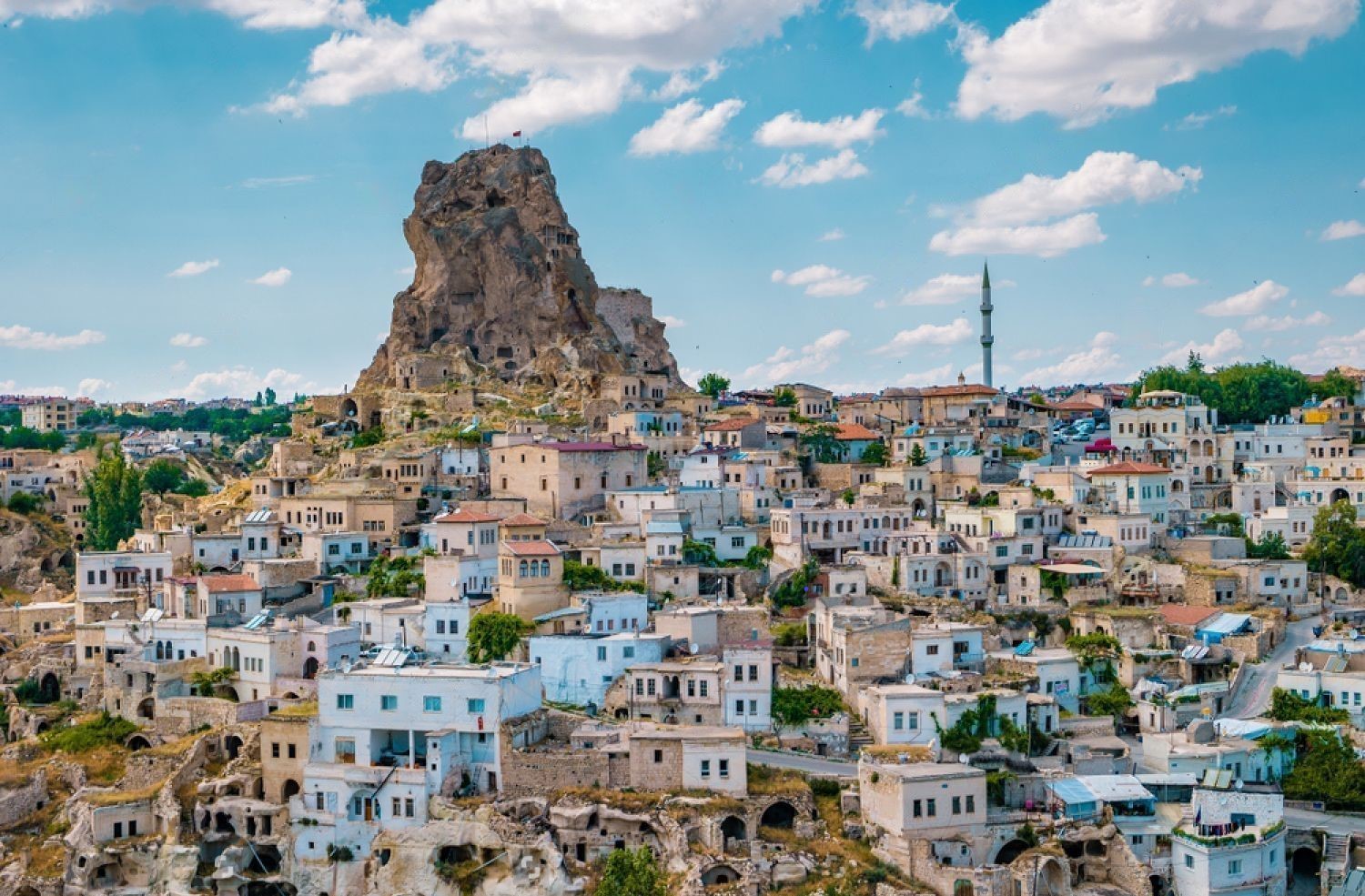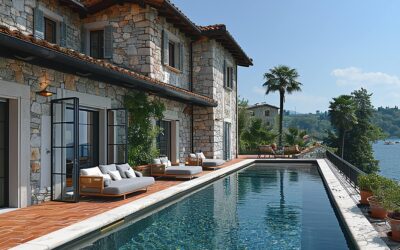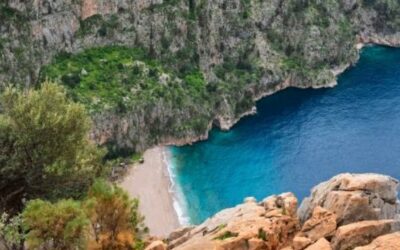If you have the idea of a holiday intertwined with nature, culture and history, you enjoy in Nevşehir in all season. Nevşehir, where the continental climate is dominant has many warm baths. You can fly with baloons in all seasons as long as the weather conditions allow. Furthermore, the cowboy horses, churches, castles and museums are available in all season. Nevşehir is also the address for entertaining activities where your curiosity will overcome your fear. Exciting activities such as yoga, trekking, gondola, pottery making and camping will perhaps turn into your hobby, not just balloon flying and horseback safari. Let’s discover this city together!
THREE BEAUTY
Three Beauties in the UNESCO World Heritage List; It is the representative small family that consists of two large and one small fairy chimneys and has become the symbol of Cappadocia. You can’t pass without visiting or saying hi to this family, you better take a picture with this cute family J
It should be mentioned that the Three Beauties distinguish from other fairy chimneys is the legends about them and their hats.
DERINKUYU UNDERGROUND CITY
The largest and most detailed underground city in the Cappadocia region was brought to tourism in 1967. Derinkuyu; you can examine the 8 floors of the underground city, which is assumed to be 12-13 floors in total and 80 meters deep, where 20,000 people can live at the same time. If you have a claustrophobia, do not ignore the information sign at the entrance, we are talking about the city, not the place you can take a look at! It is the place where you will walk through narrow corridors, bow your head a lot in some parts, and ask how they lived here for a long time, but you will definitely be impressed. Although the fact that they lived for the purpose of defense and asylum due to the persecution and oppression of the period made us feel a little sad, they lived with every detail in mind. On the first floor; there are places such as barn, kitchen, winery and gathering area. On the second floor; there are sections such as rooms, pantry and kitchen. On the third floor; there is a church, missionary school and classrooms, confessional places, baptismal pool and burial chambers. On the fourth floor; there are dungeons, water wells, cisterns and burial chambers from which the city is named. On the fifth floor; the center of the air shaft connected to the other floors is located. In addition, according to the information we obtained, the air shafts were also used as natural elevators. On the sixth floor; there are 5 rooms for the people living here. On the seventh floor; church, meeting hall, water well, priest’s tomb and prison. The eighth floor is the end point of the air shaft.
GOREME OPEN AIR MUSEUM
Goreme Open Air Museum, the most visited natural and cultural asset of Cappadocia, is on the UNESCO World Heritage List. It is estimated that its history dates back A.C. 4th and 13th centuries. The monastic life has churches, chapels (small places of worship), dining halls and sitting areas in the historical buildings carved into the rock blocks. The subjects that are usually depicted in the pictures are the Bible, the life of Saint Jesus and the Torah.
Nuns/Girls Convent; The monastery for girls/nuns is on the left when you enter the Göreme Open Air Museum. The monastery, where female students receive religious education, consists of 7 floors, but only 2 floors are open to visitors for security purposes. The floors are connected to each other through tunnels. You can see the dining hall and several rooms on the first floor, and the ruined chapel on the second floor.
Priests/Men’s Convent; Just across the convent of the nuns, only the ground floor of the monastery, which consists of 4 floors, where male students receive religious education, is open to visitors.
St. Basil’s Chapel; It is the first church located opposite the entrance of the museum. It has 3 apses. You will be interested in the burial places separated by columns (the graves of course belong to the founder of the chapel and his family, we guess). With pictures you can examine what is meant by the depictions of Saint Jesus, the Virgin Mary, and saints on horseback.
Elmali Church; A meticulous work of craftsmanship carved into the rock, the structure is planned in the form of a cross with nine domes, four columns, and you will see intense fresco work (mostly the red-colored depictions unfortunately had debris).
St. Barbara Church; It was made to dedicate to the martyr-saint Barbara, who devoted herself to Christianity against all obstacles. It is in the shape of a cross and has a dome in the middle.
Yılanlı Church (Snake Church); It is a church with long corridors and low ceilings. The church takes its name from the fresco on the wall. In this Fresco; It is depicted that the saints kill the snake/dragon.
Dark Church; Cappadocia’s best kept frescoes are located. The church got its name because of the small window lighting because it is really dark. They were able to resist time by preserving the richness of color in the frescoes that do not see sunlight.
AVANOS HAIR MUSEUM
Its founder is the world-renowned Chez Galip Usta. As for the reason for recognition, we come across a love story between countries.
The story of the Hair Museum also begins when a French tourist woman hangs a tuft of hair that she gave as a gift to remember her in the workshop of pottery master Galip Körukçü. Perhaps the visitors affected by the story also wanted to be present in the story…
Who is Master Galip? He is an art lover and the French word “chez” means house, place.
He has been continuing to keep his craft alive with his students in his workshop in Cappadocia for 5 generations, which he learned by his father. You should visit the master’s workshop, watch the pottery being made here, who knows, you can even make your own pottery with a little courage and a little inspiration!
UCHISAR CASTLE
The names of the castle, which consists of two nearby fairy chimneys, among the local people; the big one is “Aga Castle”, and the small one is “Sergeant’s Castle”.
If you can’t afford to ride a balloon, but you don’t want to be deprived of the view, you should prefer Uchisar Castle. Thanks to the panoramic view of the castle, you can easily observe Cappadocia, unique valleys and majestic mountains.
ORTAHISAR CASTLE
It is the largest, gigantic fairy chimney in Cappadocia. There are warehouses such as citrus fruits, apples, potatoes on the outskirts of the castle. Although it is used as a shelter, there are corridors, rooms and tunnels connected to each other in the castle, which was built for the strategic purpose of shelter.
IHLARA VALLEY
It is a meandering canyon valley that stretches along the Melendiz River, which was formed as a result of the lava of Hasandagi Volcano eroding the stream. There are places of shelter, tombs and churches carved into the rocks throughout the valley. Since it is a fairly long valley, we recommend that you come prepared for a walk.
GUVERCINLIK VALLEY
In the middle of the valley located in the Uçhisar region, there is the historical Uçhisar castle. It took its name from the dovecotes they carved out of the rocks for the pigeons fed by the people of the region. Thanks to it, the pigeons you can see are remarkable. We best remind you that you can camp against the unique view of the valley. You can take nature and exploration walks in the valley, watch the balloons floating in the air, discover the hidden waterfall in the valley, and enjoy the sunset…
DEVRENT VALLEY
In the valley, which is also called the valley of dreams, there are fairy chimneys and look like animals, especially camels and seals. In addition, our valley is also known as the Pink Valley because of the fairy chimneys and rocks that reflect the pink color at sunset.
